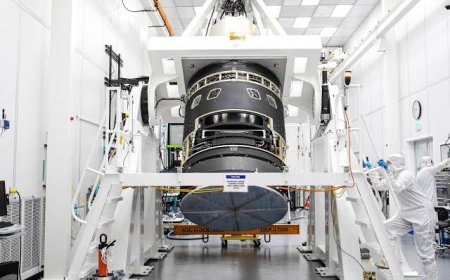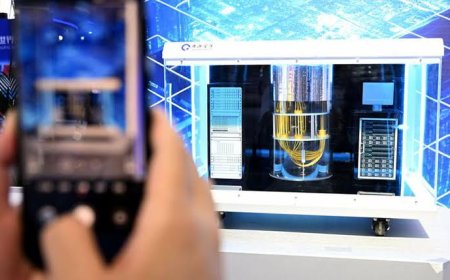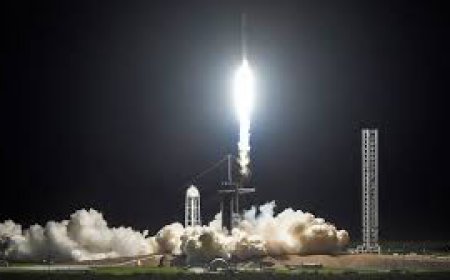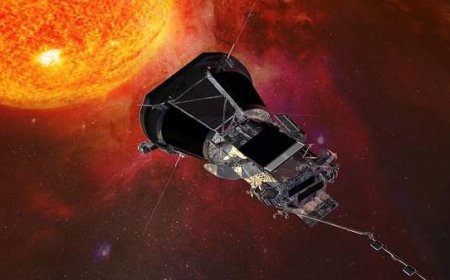First Wooden Satellite in Space—Technology Takes New Horizons
The dawn of a new era in satellite technology has emerged with Japan's historic launch of a wooden satellite, WISA Woodsat. This innovative step, taken with the collaboration of various technology partners, reflects an ambitious attempt to test sustainability and efficiency in space exploration. Unlike traditional satellite materials, which often involve costly metals and composites, Woodsat is crafted primarily from specially treated plywood, marking a groundbreaking shift toward environmentally conscious space engineering.
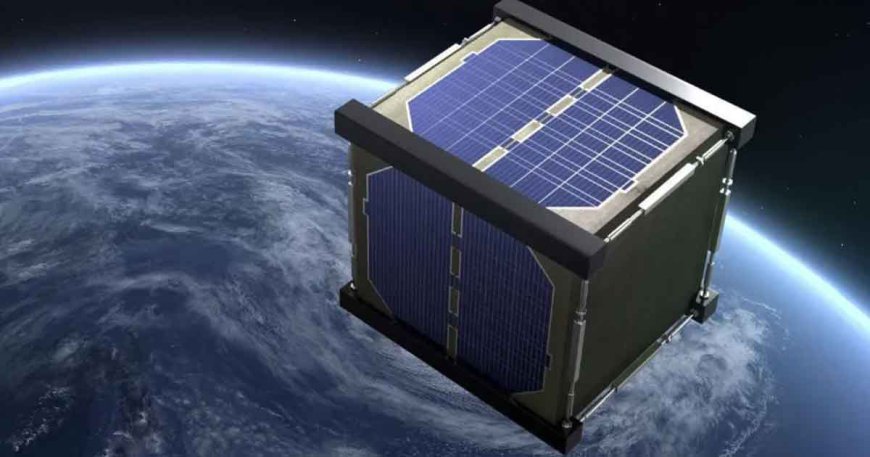
The concept of using wood, traditionally seen as mundane in the context of high-tech engineering, raises intriguing questions about space durability and the versatility of materials. The satellite was not an overnight venture but the result of years of research, prototyping, and collaboration among scientists and engineers aiming to innovate beyond conventional methods. Wood’s use may seem simplistic at first, but the lightweight nature and sustainable source make it a compelling choice for such a venture.
The motivation behind this satellite reaches beyond novelty. Engineers were driven by a commitment to prove that basic natural materials could withstand the harsh vacuum and extreme conditions of space. Wood, reinforced with coatings to protect against the impact of ultraviolet radiation and rapid temperature shifts, was chosen for its inherent balance between strength and flexibility. If successful, such experiments could lead to the introduction of similar materials in future spacecraft designs, lowering the costs and carbon footprint associated with satellite production.
While some may wonder about the implications of launching a wooden structure into the unforgiving expanse of space, the team behind WISA Woodsat has not taken its journey lightly. The satellite underwent a rigorous series of tests designed to simulate space conditions. The use of sensors to monitor environmental exposure and assess wear and degradation was key to ensuring the mission's data would reveal genuine insights.
This launch aligns with a wider global trend where space programs are beginning to focus on eco-friendlier solutions. As the space industry continues its rapid expansion, with satellites playing critical roles in everything from telecommunications to weather forecasting and earth monitoring, concerns about space debris and sustainable practices have grown. The push toward reimagining materials is a response to the anticipated need for a more sustainable future in space exploration, where space debris and high production costs remain significant issues.
This landmark project showcases the blend of ingenuity, tradition, and high-tech application. By testing WISA Woodsat in orbit, Japan has sent a strong message to the international space community that innovation doesn’t always lie in the creation of new synthetic materials but can sometimes be found in the intelligent adaptation of what we have on Earth. This step represents more than a single experiment; it signifies a vision for responsible exploration that seeks harmony between advancement and environmental stewardship.
As this wooden satellite begins its journey circling the planet, it will send data back to scientists who eagerly await signs of how the material behaves over time. These findings could pave the way for advancements that challenge assumptions and shape future satellite design, embodying a vision where practicality meets sustainability.
In an era defined by space races and the pursuit of complex machinery, Japan’s wooden satellite underscores that inspiration can be rooted in the simplest ideas—a reminder that future innovation may not just be about achieving more complex technology but also about revisiting and refining the materials that have supported human ingenuity for centuries. The success or challenges faced by WISA Woodsat will inevitably provide valuable lessons and could inspire a new wave of creativity in the space sector.
